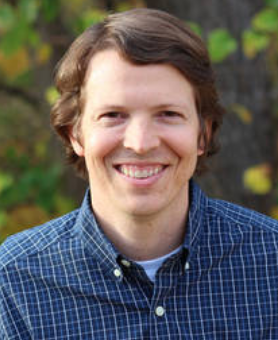
http://www.umn.edu/urelate
612-624-6868
spring 2019 Colloquia
Mondays 3:30 - 5:00pm, Elliott Hall S204
March 25
Kara Kedrick (Psychology)
"Tracing the trajectory of curious minds through question asking and information foraging"
by Kara Kedrick and Wilma Koutstaal
Abstract. How does curiosity fuel the process of inquiry? Epistemic curiosity, the intrinsic desire to learn and integrate information, drives humans to develop a deep understanding of their internal and external environments. Yet, little is known about how curiosity guides people to naturalistically inquire about the world. To address this underexamined phenomenon, we employed a novel state curiosity-invoking paradigm (the "Curiosity Question & Answer Task") to trace the interactive information-seeking behavior of a person confronted with implicit information gaps. Using a computerized interface, participants typed questions in response to factual statements that purposively included missing information. Next, they were presented with further topic-related questions for which they had the opportunity to forage for answers. In line with our hypotheses, based on the information-gap theory, we found that individuals who reported higher levels of curiosity about particular facts pursued — through an active process of directed questioning — more detailed and varied gap- and non-gap-related information. These information-seeking behaviors positively correlated with epistemic trait curiosity, openness to experience, and need for complexity and novelty. Curiosity-invoked inquiry also enhanced later incidental memory recall, especially when participants more frequently both generated a question and looked at the answer in the information foraging phase. Collectively these results highlight the power of curiosity in shaping autonomous-information seeking and knowledge acquisition.
February 18
 Jon Kelly, Iowa State University
Jon Kelly, Iowa State University
Department of Psychology and Human Computer Interaction graduate program
"Spatial cognitive implications of teleporting through virtual environments"
The most natural way to explore a virtual environment is to walk and turn, but physical walking is often not possible due to technological limitations and space limitations. Therefore, teleporting has become a popular interface, whereby the user points a virtual laser pointer to the desired location in the virtual environment and is then directly transported to that location. However, teleporting lacks body-based cues normally associated with walking, and these cues are known to support certain aspects of navigation. I will describe several experiments which evaluate the effects of teleporting on navigation and identify ways to help users stay oriented when teleporting.
February 11 - Colloquium cancelled this week.
